March 18, 2021
IGrain’s Rahul Chauhan provides information on pricing and current inventories, as well as import figures and news from domestic and international markets.

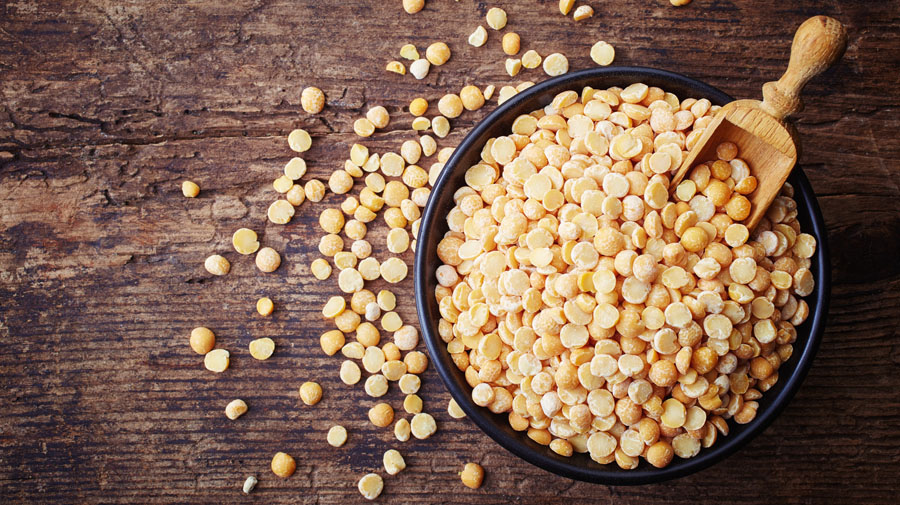
Mumbai
The availability of imported peas at ports is down and there is no possibility of new imports coming in. Last week, importers at the port started demanding indigenous goods to meet miller demand. Stockists began purchasing quality filter material. Pea prices at Mumbai port were quoted at Rs. 6,500-7,500 per quintal depending on quality/grading. In the absence of imports, local prices are expected to rise in the near future. Market prices will depend on imports.
Market yards
Reports from the major pea producing area of Bundelkhand, which includes parts of Madhya Pradesh and Uttar Pradesh, indicate the crop is in good condition and production may increase by 1-1.5 lakh MT over last year to 7-8 lakh MT. Pea arrivals have increased in the market yards. Demand at reduced prices has remained strong, but prices are on the rise. This week, Kanpur pea prices were up Rs. 100-300 by the weekend due to demand at the port. With this increase, prices stood at Rs. 5,250 – 5,450/100kg by the weekend.
In Jhansi Mandi, daily arrivals of 2,000-2,500 sacks were recorded. Due to demand, the price here also rose by Rs. 200 to Rs. 4,800 - 5,000 per quintal. Daily arrivals of 5,000-6,000 sacks of peas were recorded in Orai. Due to strong demand, the price rose by Rs. 200 to Rs. 4,500 - 5,000 per quintal. Demand is expected to increase further and consequently so is market sentiment. In Lalitpur, daily arrivals of 10,000 – 15,000 sacks of peas were recorded. Prices remained at Rs. 4,300 – 4,400 per quintal on continued buying. Filtered sold at Rs. 5,000. In other market yards, trading occurred at an increased rate.
Processed Pea Dall
Due to weak buying in peas and selling at mills, prices declined by Rs. 400 by the weekend to Rs. 5,700 - 5,750.
Updated Import figures
Maharashtra’s pulse production estimated at more than 43 lakh MT
In the Western Provinces, Maharashtra produces large quantities of arhar (tuar) during the kharif season and gram during the rabi season. Additionally, it also produces mung and urad. The state agriculture department estimates total pulse production for the 2020/21 season at nearly 4.33 million MT, including 1.754 million during the kharif season and 2.576 million during the rabi season. According to the Department of Agriculture’s report, kharif season pulse production includes 1.178 million MT of tuar (pigeon pea), 0.227 million tonnes of mung and 0.339 million tons of urad. Additionally, rabi season production is expected to include 2.467 million MT of gram, 0.2258 million MT of Urad and 0.2227 million MT of mung. This would mean FY 2020/21 production would exceed 4.3 million MT. During the kharif season, Maharashtra growers seeded an estimated 2.179 million hectares to pulses, including 1.236 million hectares to arhar, 0.43 million hectares to mung and 0.39 million hectares to urad. During the rabi season, Maharashtra growers seeded an estimated 2.442 million hectares, comprised of 2.294 million hectares to gram and 0.147 million hectares to other pulses. Maharashtra’s total pulse crop sowing for FY 2020/21 is thus estimated at 4.620 million hectares. Production is projected at 4.33 million MT with an average yield of 937 kg/ha.
Sowing of summer crops increased by 22%
As of March 5, the area seeded to crops during the late rabi season increased by 7.94 lakh hectares, up 22% from 82.34 lakh hectares in 2019/20 to 39.58 lakh hectares for 2020/21. This includes significant increases in the area seeded to paddy, oilseeds and coarse cereals. According to the Ministry of Agriculture, in general, summer crops are developing splendidly. The area seeded to paddy increased by 28% from 23.38 lakh hectares last year to 29.92 lakh hectares. Similarly, the area seeded to oilseeds increased from 2.87 lakh hectare to 3.56 lakh hectares and the coarse cereals area increased to 3.87 lakh hectares from 3.87 lakh hectares. On the other hand, the area seeded to pulses slipped from 2.28 lakh hectares to 2.23 lakh hectares. In the coarse cereals area, there was increased sowing of jowar and maize. In the pulse crop area, urad sowing increased slightly, but moong sowing decreased. From January to March 3, rainfall was 32% below average and temperatures were high. This is expected to hamper the development of wet season crops, but dams and reservoirs have sufficient water reserves and irrigated areas should not be affected.
IGrain India to conduct webinar on gram the first week of April
It is our pleasure to announce that the reputable and reliable market research firm, IGrain India, is organizing a chana webinar for the first week of April that will prove to be very useful for all concerned parties. The webinar will provide detailed data and additional details about the state-by-state status of the gram crop, including information on production, domestic use, carryover stocks, etc. The webinar will feature experts, traders, millers, importers and Indian companies, all of whom will share information about the past, present and future of this important pulse market. Note that gram is the most important pulse crop of the rabi season and there is often confusion in the market give the large discrepancy between official and industry production estimates. IGrain India’s webinar will clarify this situation and enable businessmen and millers to strategize on a solid foundation. At present, it is unclear what the crop situation and yields will be, and various estimates are floating around. Click the link below to register for the webinar. And forward this message to others. With everyone’s collective effort, this webinar can be a historical success.
For more information, contact mobile number +91 9350141815 or speak with an IGrain India business representative.
Thank you, Rahul Chauhan
https://forms.gle/znh1wWaJbuYSg4LZA
Abbreviations
Tuar/ Arhar: Pigeon Peas PP
Mung: Green Mung
Urad: Black Matpe
Chana: Gram, Desi Chickpea
Matar: Pea
Masur: Lentil
Mandi: Market yard
Bhav: Prices
Dal/Daal: Processed Pulses (Directly for human consumption)
Rs: Indian Rupees (1$=Rs 72.6)
Rahul Chauhan
Director, IGrain India
igrainind@gmail.com
+91 9350141815
Twitter igrain_india
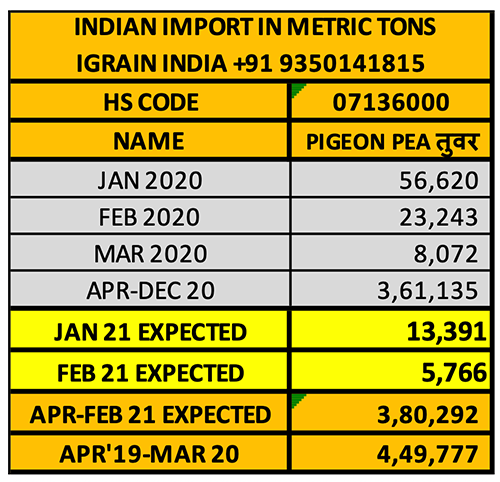
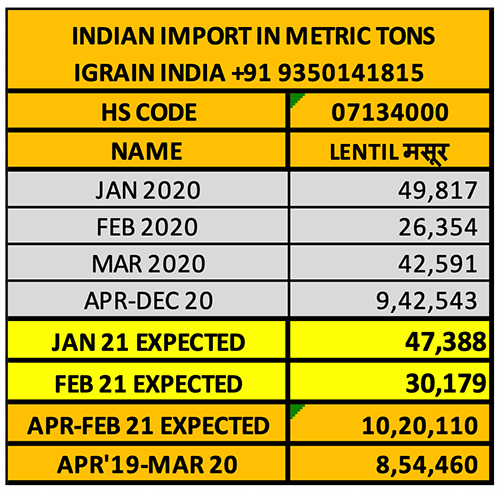


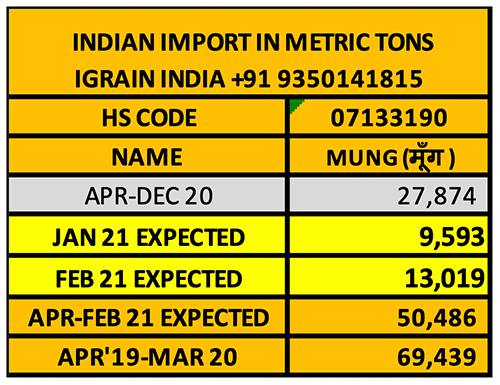
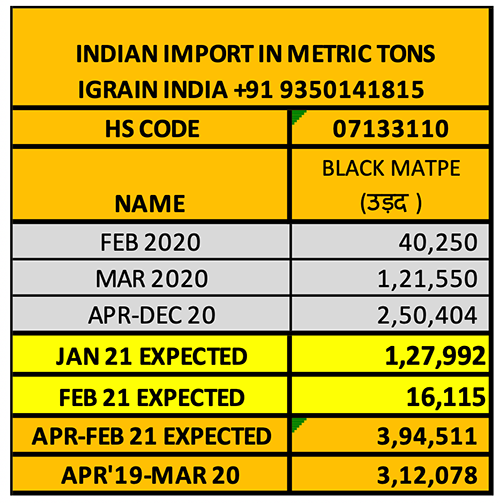
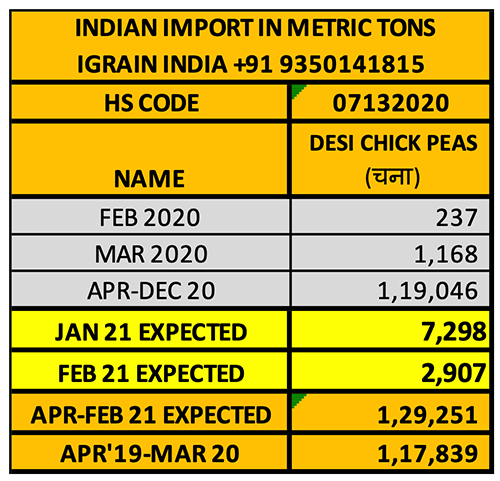
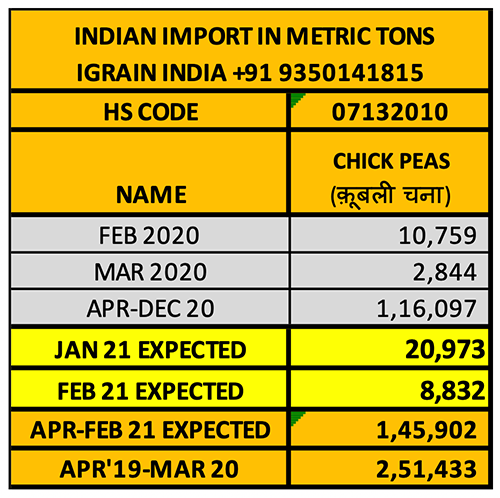
Disclaimer: The opinions or views expressed in this publication are those of the authors or quoted persons. They do not purport to reflect the opinions or views of the Global Pulse Confederation or its members.